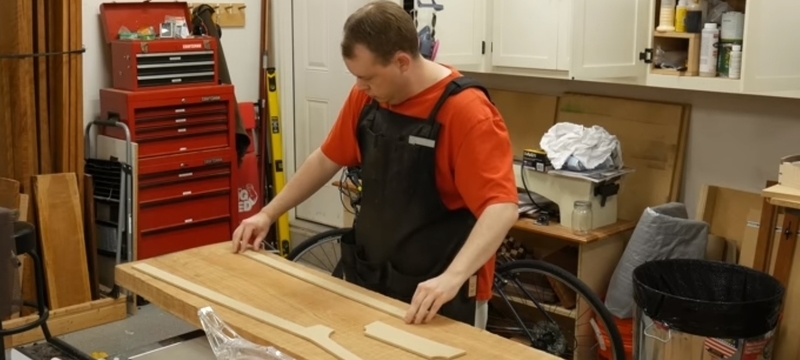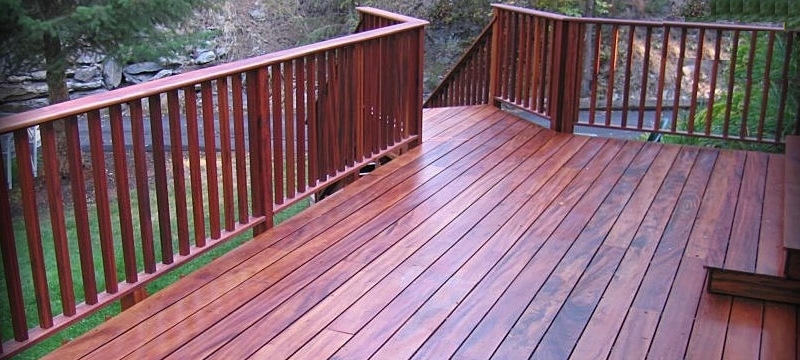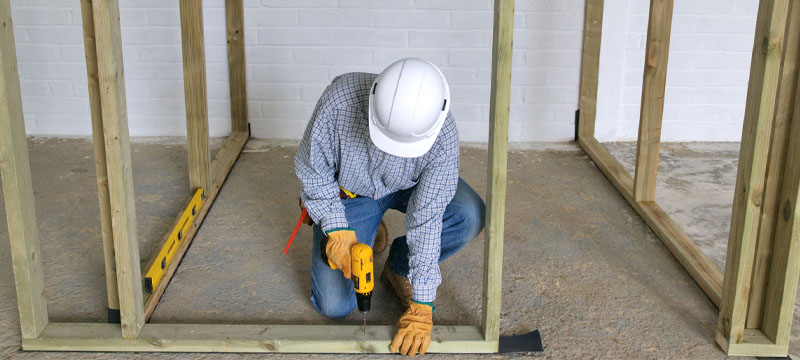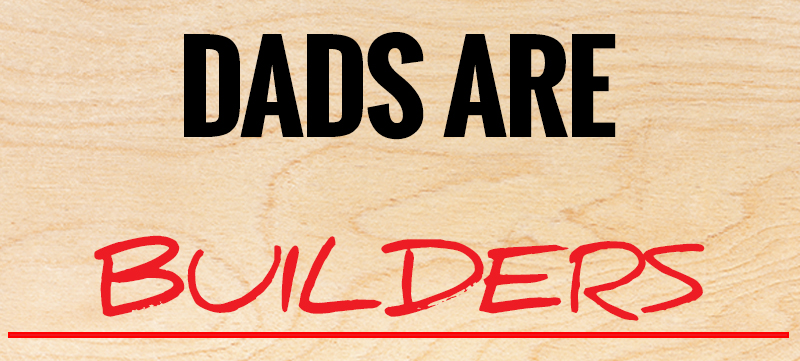Making Modern Barstools
Since moving into my home seven years ago, I’ve been meaning to build a set of barstools for my kitchen island. I’ve waited long enough, so let’s build a set! The modern barstools were designed to fit my 43” island. So if you are going to reference this build for your own barstools, be sure to size them accordingly.
1) Designing the Barstools & Breaking Down the Rough Stock
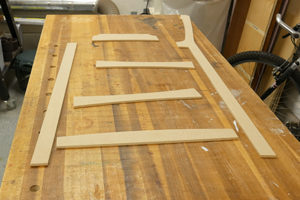 A good portion of this project was already completed before I stepped into the shop. Both legs, riser block, and the two aprons were designed in SketchUp. Using the templates, I cut them on CNC machine. With the templates, I could work a little faster. Having the same precision of my CNC machine while using my router table and a flush trim bit.
A good portion of this project was already completed before I stepped into the shop. Both legs, riser block, and the two aprons were designed in SketchUp. Using the templates, I cut them on CNC machine. With the templates, I could work a little faster. Having the same precision of my CNC machine while using my router table and a flush trim bit.
Luckily I was able to find clear and wide 8/4 cherry stock at my sawmill. That meant I had very minimal waste and could get a majority of the parts out of one board. When laying out the legs, I made sure to put the templates over straight grained sections of the board. That way the grain of the legs don’t distract from the nicer figure of the backrest and seat. I also tried to minimize waste when laying out the templates. So that meant trying to fit parts like the riser block behind the rear leg and the aprons next to the front leg. With all the parts laid out on the cherry board, I had to use my jigsaw to break it down. I had to do this because the board was a monster, it was over 15 inches wide and 10 feet long!
2) Milling Lumber & Flush Trim Routing
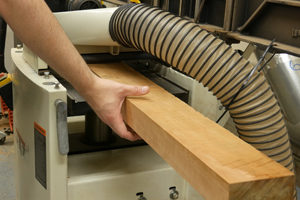 The front legs, rear legs, and riser blocks were the first items to get milled. I headed over to the jointer to joint one face and one edge. Then ran them through the thicknesser to take them down to their final dimensions of 1-½”. The six aprons were milled up in a separate session since they required a little bit of resawing. I was able to get all twelve aprons (for both barstools) out of six boards since they were only ¾” thick.
The front legs, rear legs, and riser blocks were the first items to get milled. I headed over to the jointer to joint one face and one edge. Then ran them through the thicknesser to take them down to their final dimensions of 1-½”. The six aprons were milled up in a separate session since they required a little bit of resawing. I was able to get all twelve aprons (for both barstools) out of six boards since they were only ¾” thick.
To cut the rear legs to shape, I began by placing the MDF template over the cherry stock and traced the shape of the leg. I headed over to the bandsaw to rough cut the piece to shape, making sure to stay ⅛” away from my line. Next, I taped the template to the cherry stock and headed over to the router table to flush trim the excess material away. This left me with an exact copy of the CNC’d template. I repeated the same steps for the front leg, riser block, and all six aprons.
To cut the riser block and aprons to size, I used my crosscut sled at the table saw. Having the CNC templates makes setting the stop block a breeze. I will note that I did cut the aprons and riser blocks to length before cutting their curves. That meant I could lay the side of the piece up against the fence of my crosscut sled. Not having to worry about the curve throwing my angle off.
3) Domino Joinery
 I used the Festool domino to cut the loose tenon joinery for both barstools. To begin, I started by joining the riser blocks to the front and rear legs. I placed the pieces into position, securing them with a clamp, and made my reference marks. Next, I lined up the centerline of the domino with my reference marks and made the plunge. On the riser block and both legs, I put two dominos on each joint since they were thick enough to support them.
I used the Festool domino to cut the loose tenon joinery for both barstools. To begin, I started by joining the riser blocks to the front and rear legs. I placed the pieces into position, securing them with a clamp, and made my reference marks. Next, I lined up the centerline of the domino with my reference marks and made the plunge. On the riser block and both legs, I put two dominos on each joint since they were thick enough to support them.
Next, I cut the joinery on the ends of the side aprons. Since they were ¾” thick, I put one domino on each end. With the joinery cut, I put the aprons in place and transferred the mark to the legs to then cut the joinery.
4) Bent Lamination Seat & Backrest
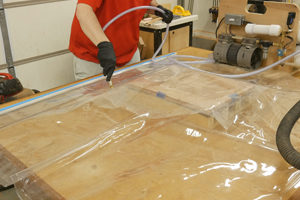 The seat and backrest have a curve in them for added comfort. This is achieved by using bent lamination. I started with the seat by resawing 3/16” thick, 12” wide boards to edge glue to make up each layer of the seat. To glue the layers, I mixed up some plastic resin glue. This will help to prevent spring back since it dries hard. Unlike traditional wood glues, which are flexible. With the glue on the panels, I stuck the seat in my vacuum bag on top of the bending form and turned the vacuum press on. I kept the seat in the bag overnight.
The seat and backrest have a curve in them for added comfort. This is achieved by using bent lamination. I started with the seat by resawing 3/16” thick, 12” wide boards to edge glue to make up each layer of the seat. To glue the layers, I mixed up some plastic resin glue. This will help to prevent spring back since it dries hard. Unlike traditional wood glues, which are flexible. With the glue on the panels, I stuck the seat in my vacuum bag on top of the bending form and turned the vacuum press on. I kept the seat in the bag overnight.
The same process was used to make the backrest as well. I edge glued three panels, placed the resin glue on each layer and stuck it in the vacuum bag on the same bending form. Leaving it to dry overnight.
5) Edge Treatment
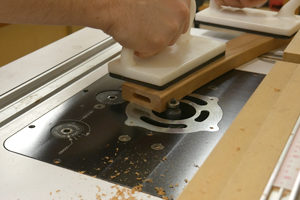 Before glue up, I took this opportunity to round over all the edges with my ⅛” round over bit at the router table. There were a couple of places that I couldn’t round over. Like the faces where the riser blocks met, the front, and rear legs. If this isn’t clear, check out the video for more information.
Before glue up, I took this opportunity to round over all the edges with my ⅛” round over bit at the router table. There were a couple of places that I couldn’t round over. Like the faces where the riser blocks met, the front, and rear legs. If this isn’t clear, check out the video for more information.
I also rounded over the edges of the backrest and the seat.
6) Shaping the Riser Blocks and Rear Legs
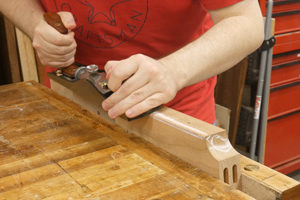 The inside edge of both riser blocks needed to be shaped for the seats to sit flat since the seats are curved. Using my low angle jack plane, I cut a 5-degree bevel. This process took some time. It was a lot of removing the waste, testing the fit, removing a little more waste, and testing the fit. Repeating this until the seats sit flat on the riser blocks.
The inside edge of both riser blocks needed to be shaped for the seats to sit flat since the seats are curved. Using my low angle jack plane, I cut a 5-degree bevel. This process took some time. It was a lot of removing the waste, testing the fit, removing a little more waste, and testing the fit. Repeating this until the seats sit flat on the riser blocks.
To attach the seats, I first had to drill two holes on the bottom of each riser block. This allowed me to place a screw in each hole to mark the seat for pre-drilling. Using my ⅛” drill bit, I pre-drilled the four holes and then attached the seat to the riser blocks.
7) Glue Up Time!
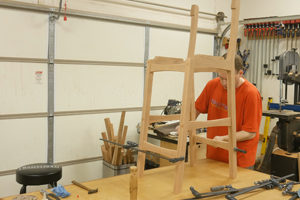 I always like to approach every glue up with a plan, and this project was no exception. I started by gluing up one rear leg, front leg, riser block, and side apron as one frame. This meant the next day; I had two frames that I needed to join with the other four aprons. This made the glue up stress-free. I used hide glue during the glue up because it lubricated the dominos. Whereas using traditional wood glue would have caused the dominos to swell. And the fit was already pretty tight.
I always like to approach every glue up with a plan, and this project was no exception. I started by gluing up one rear leg, front leg, riser block, and side apron as one frame. This meant the next day; I had two frames that I needed to join with the other four aprons. This made the glue up stress-free. I used hide glue during the glue up because it lubricated the dominos. Whereas using traditional wood glue would have caused the dominos to swell. And the fit was already pretty tight.
8) Shaping Rear Legs
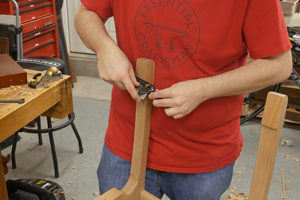 The final piece of the puzzle was to attach the backrests. I started by tracing the curve of the backrest on to the top of the rear legs and this showed me how much material I needed to remove. I removed the waste using my spokeshave and block plane. Much like the seat, it was a good bit of testing the fit and removing more waste until the fit was perfect.
The final piece of the puzzle was to attach the backrests. I started by tracing the curve of the backrest on to the top of the rear legs and this showed me how much material I needed to remove. I removed the waste using my spokeshave and block plane. Much like the seat, it was a good bit of testing the fit and removing more waste until the fit was perfect.
To attach the backrest, I first glued it into place since it was a long grain to long grain glue joint. I followed that up by installing four screws, two on each leg. I cut ⅜” plugs using a plug cutter to fill the holes.
9) Applying Finish
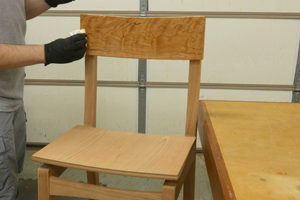 For the barstools, I wanted a finish that was “close to the wood.” That means nothing thick and nothing too shiny. I wiped on three coats of a semi-gloss wiping varnish. Sanding in between coats with 320 grit sandpaper.
For the barstools, I wanted a finish that was “close to the wood.” That means nothing thick and nothing too shiny. I wiped on three coats of a semi-gloss wiping varnish. Sanding in between coats with 320 grit sandpaper.
Done!
I love the design of the barstools, and think they came out great! This was a challenging build, but also gratifying. The cherry looks amazing and I can’t wait to see how they look in 20 years. I hope you enjoyed the build and thanks for letting me share it with you.
Thanks so much to SimpleCove for the build. Did you guys enjoy the build? Want to start building your own custom barstools? Then stop over at your nearest Acme Tools store or go online and check out all the woodworking tools we have in stock. We have great deals every day and amazing tools ranging from the DIYer to the trades professional.
We have more DIY build on our blog if you are ready for more challenges. Let us know what you think of this post in the comment section below. Tell us what you want to build if you had your own woodworking shop? And don’t forget to Always Do Your Best Work.

